
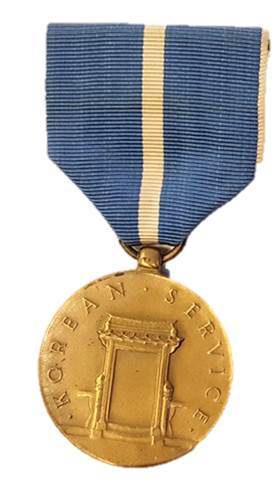
Korean Service Medal, which was awarded for service from 1950-1954 in Korea.

Group of uniforms and gear to an African-American veteran of both WWII and Korea. This group is from his 1950s service.
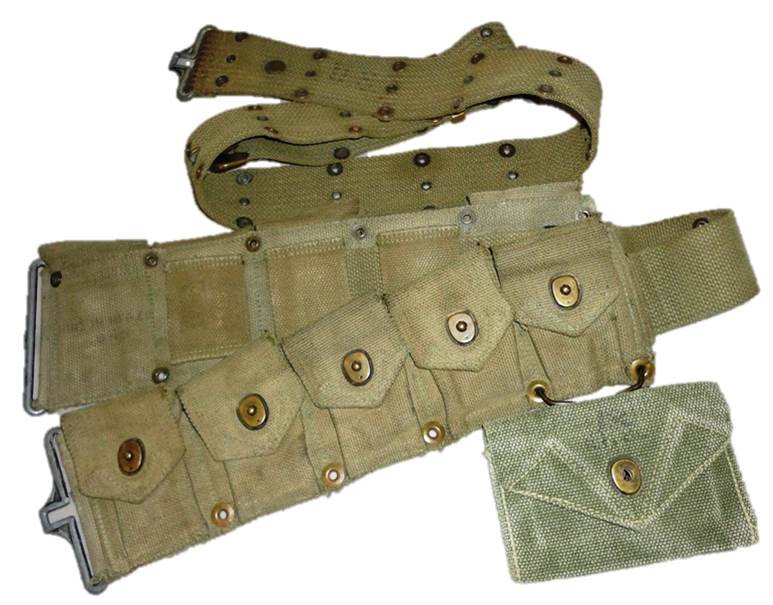
Korean War US cartridge belt, medical pouch, and pistol belt. These were the same pattern as those in WWII, but dyed green instead of khaki. These belts are dated 1944-1945.
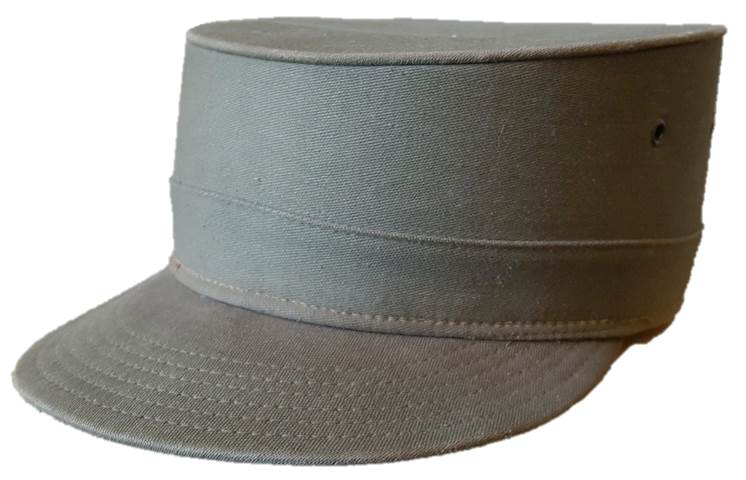
The "Ridgeway" cap that was generally adopted in the mid 1950s to instill a sharper, more disciplined image than that the popular, comfortable fatigue caps in the Army. These were phased out by the mid 1960s in favor of "baseball" style caps.
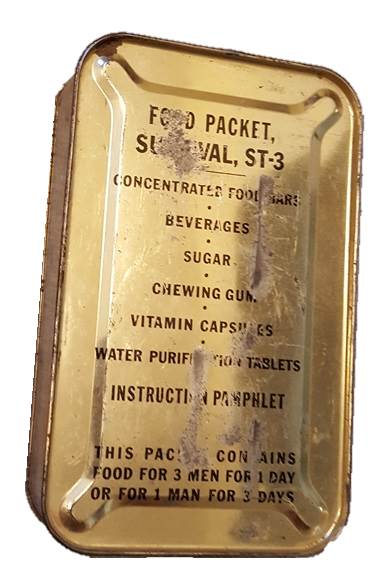
ST-3 Survival Rations,circa 1952. These were retained from the Air Force by the author's grandfather.
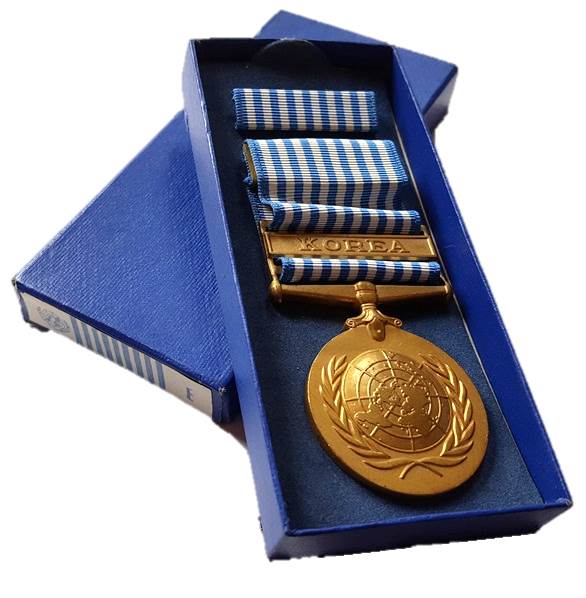
The United National Service Medal for Korea, authorized in 1950. It is the first medal created by the UN and awarded to coalition forces that served in Korea.
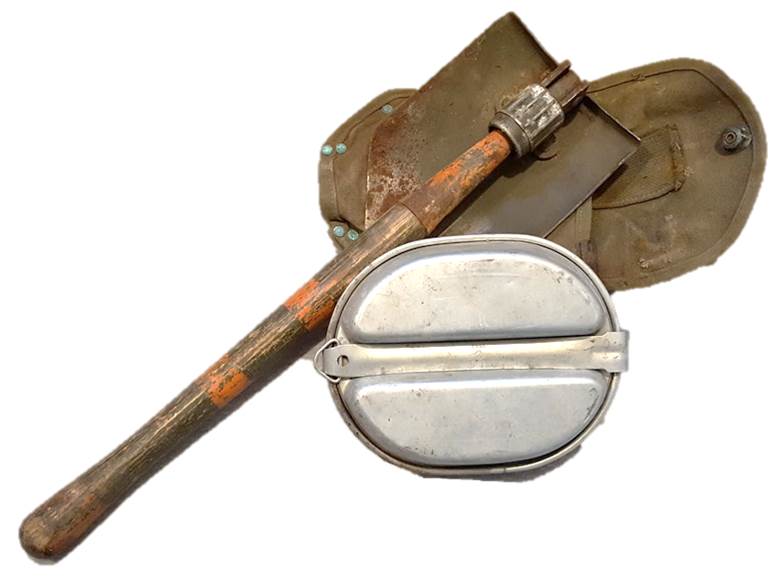
Much World War II-era gear was reissued for the war in Korea. This 1945-dated M43 shovel and 1942-dated mess kit were used during this time, and later, by the author's grandfather in the Air Force.
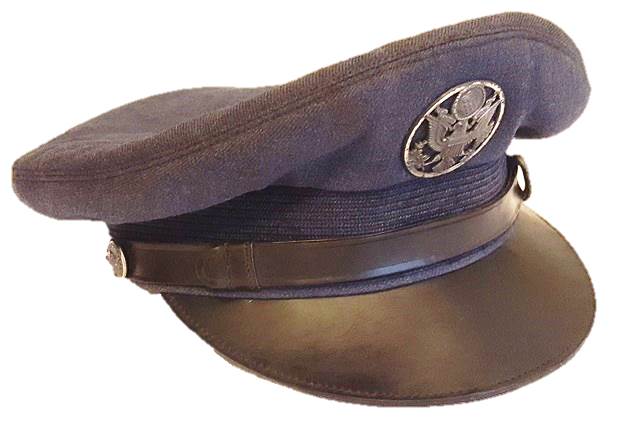
Enlisted Air Force cap worn by the author's grandfather during the Korean Conflict.
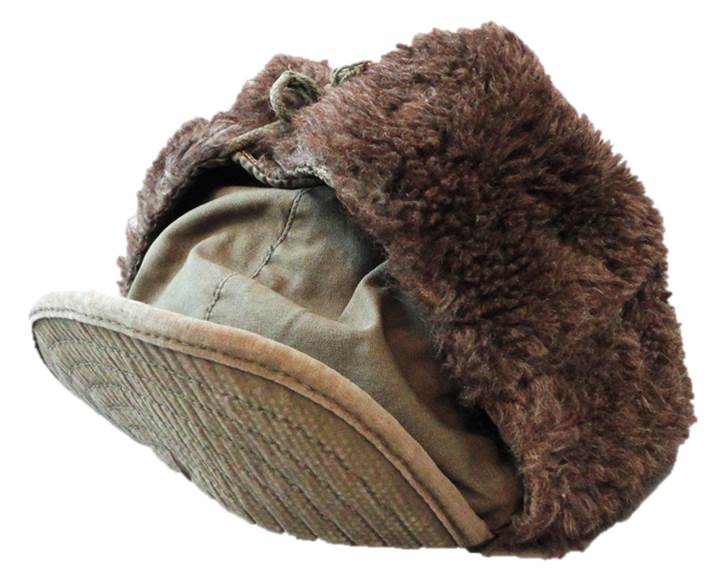
M-1951 cold weather pile cap, popular in the cold Korean War winters.
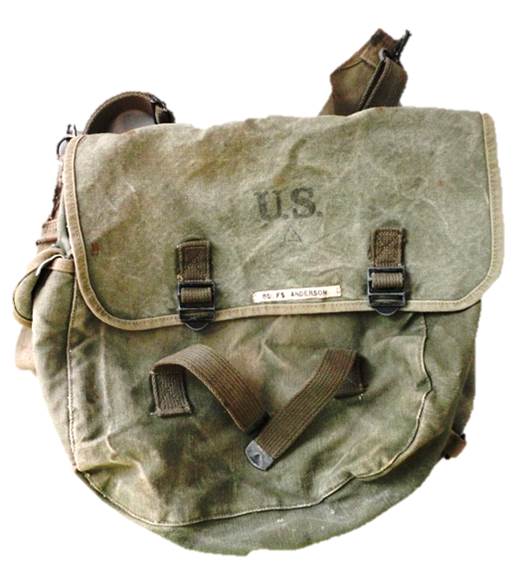
Musette personal effects bag used during the Korean War by the author's grandfather. He was stationed with the US Air Force in Newfoundland in the early 1950s.
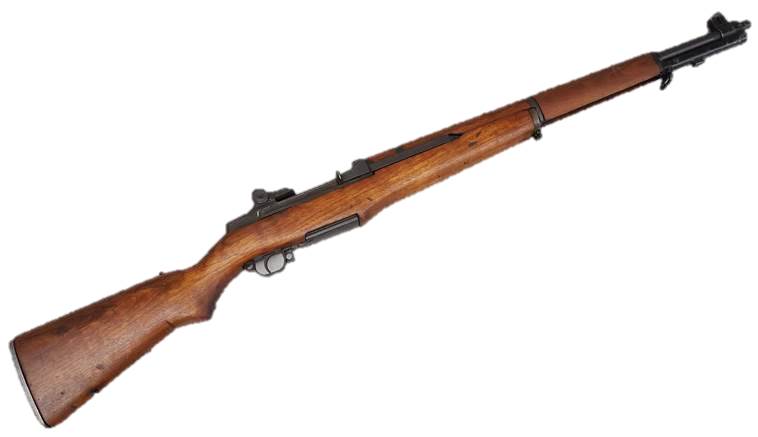
The M1 Garand continued service in the Korean Conflict as the main battle rifle of US forces. These rifles were produced all the way up through 1956, with most WWII rifles being arsenal rebuilt and with updated parts. This WWII-era Winchester has received an updated rear sight and op rod.
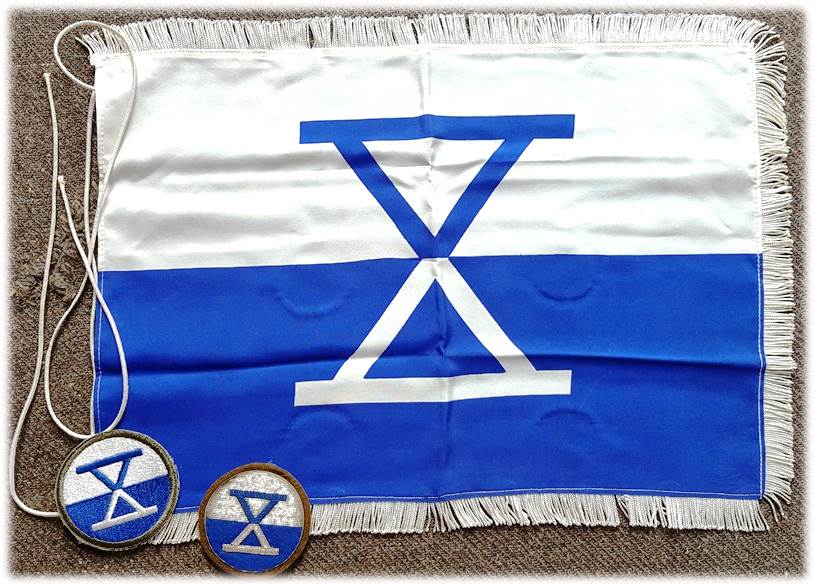
Silk Tenth Corps headquarters flag and patches brought back from Korea by a Colonel in X Corps, who served as a Quartermaster during the conflict. The X Corps during Korea inverted their insignia to have the white field oriented to the top; in WWII the blue field was on top.
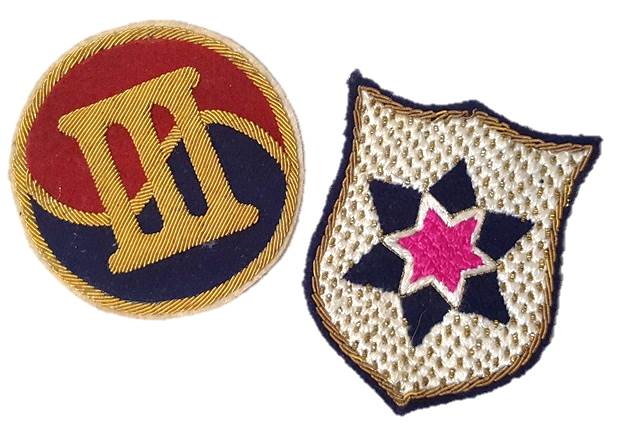
Republic of Korea army patches for the 3rd Corps and 12th Infantry Division. These were brought home by a KW veteran.
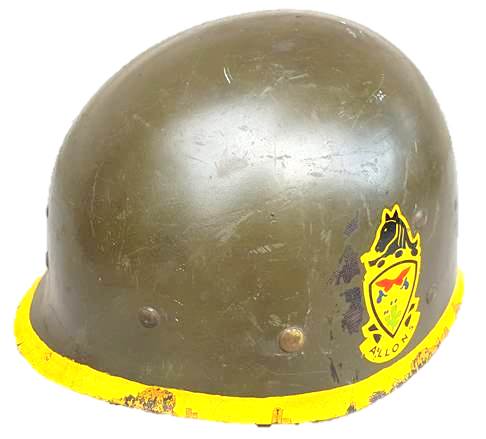
Helmet liner from the early 1950s, to the 11th Armored Cavalry.
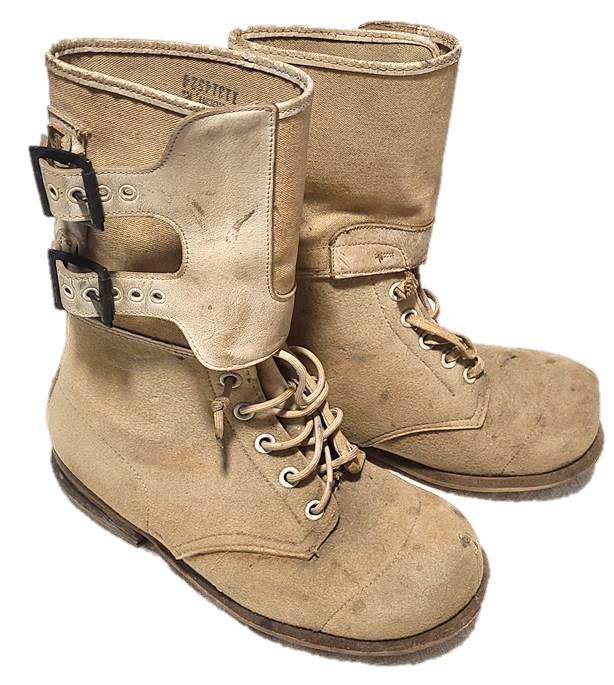
Cold weather boots used in Arctic training
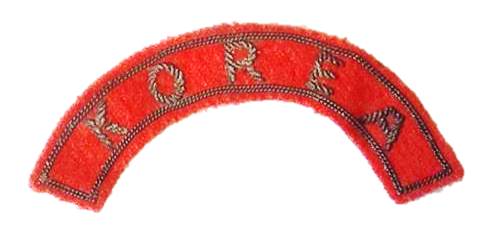
Bullion Korea tab
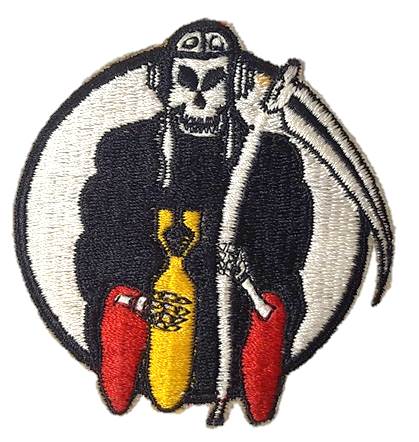
A post-WWII patch of the 375th Bombardment Squadron, which flew B-47s through the 1950s.
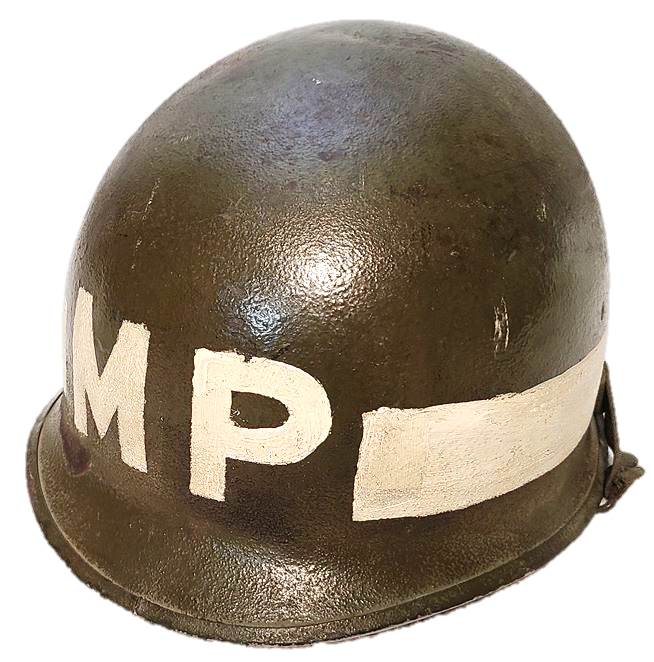
Military Police painted helmet, post-WWII

SCARWAF (Special Category Army Reassaigned with Air Force) patches, including nice theater-made bullion example.
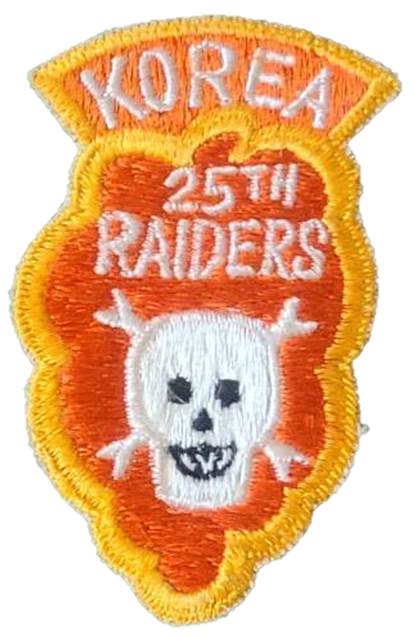
25th Infantry Raiders patch

Established in 1947 to oversee the US forces in the Pacific, the FEC was based in Tokyo and commanded by General Douglas MacArthur from 1947-1951. It lasted until 1957, at which time it became part of the Pacific Command. It was responsible for administration of many island areas, including the Ryukyu Islands, Japan, and the Philippines.
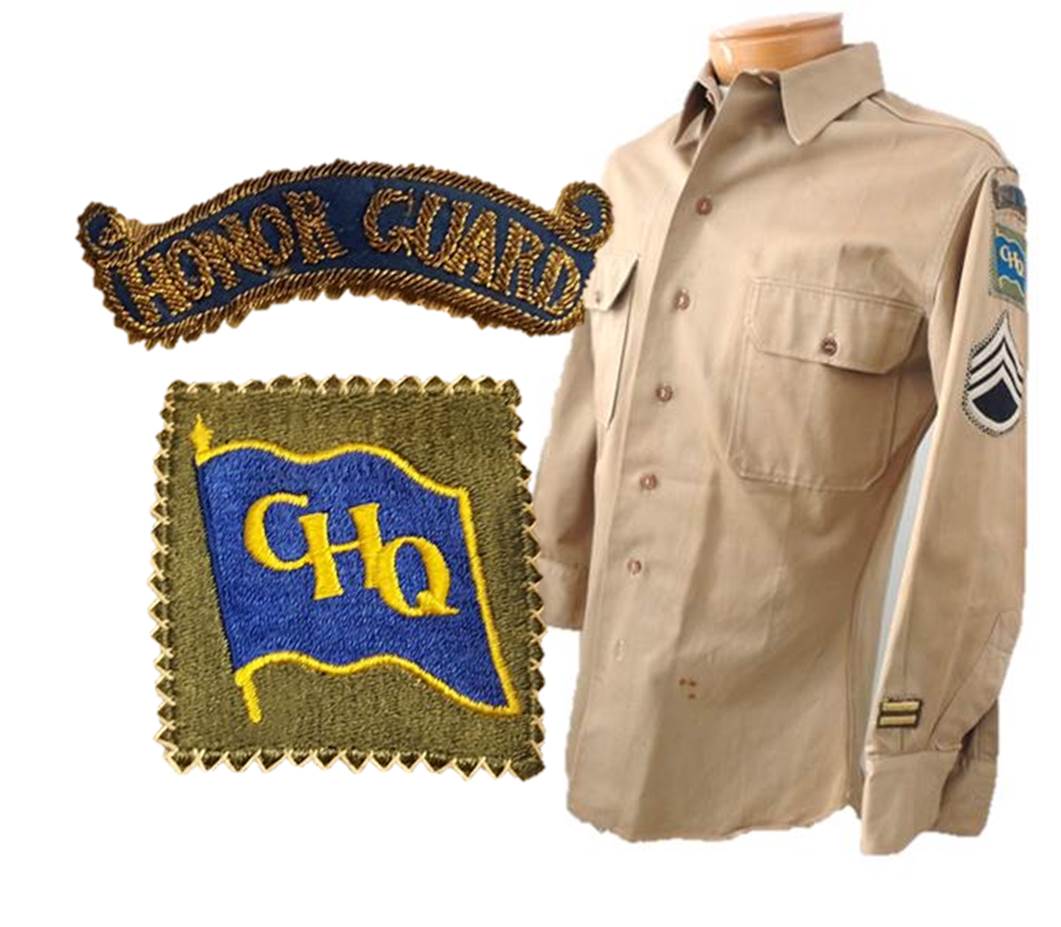
Uniform shirt to a veteran who was a member of the elite Honor Guard of General MacArthur in 1946. This detachment guarded and escorted the General at all times during the occupation of Japan.
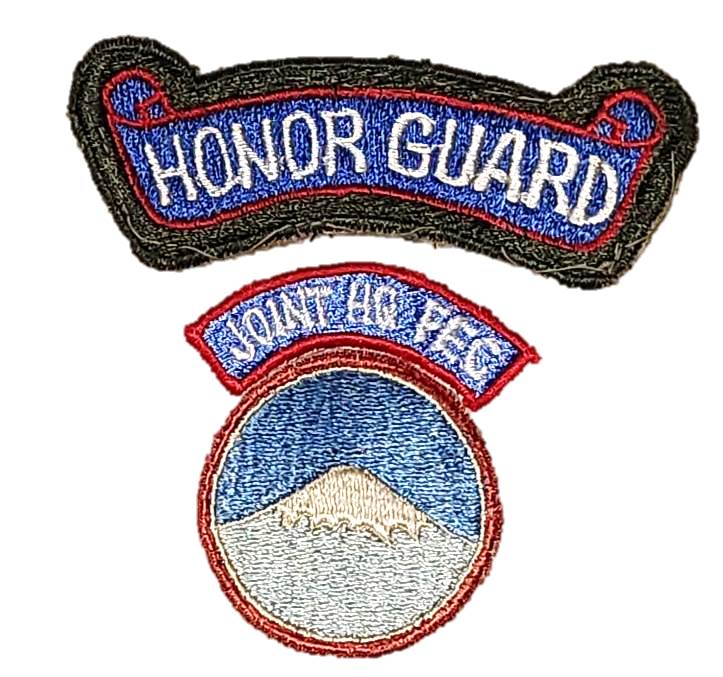
Joint Headquarters Far East Command Honor Guard patch tabs, worn after General MacArthur's tenure.
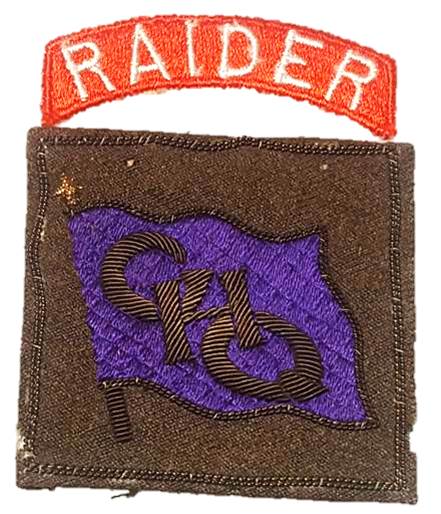
Nice Japanese-made insignia for the GHQ, paired with a tab for Army Unit 8245, the GHQ Raider Company. Attached to X Corps, they earned four battle stars in the Korean War.
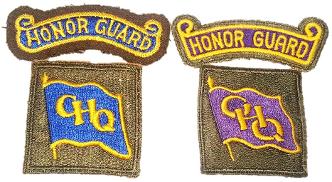
General Headquarters Honor Guard patch: worn by hand-picked bodyguards of General Douglas MacArthur. The color of the flag was blue through about 1946, and then changed to purple.

Distinctive Insignia of the GHQ Honor Guard. MacArthur's is on the left, featuring his five general stars. The insignia changed to the one at the right after MacArthur's dismissal.
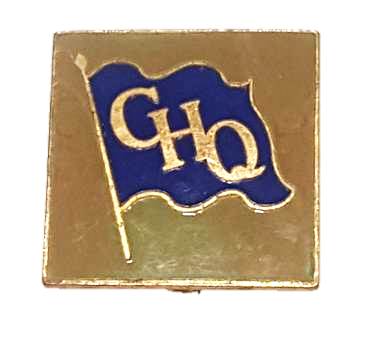
Distinctive Insignia for the GHQ.

Patch for Military Intelligence troops in Japan